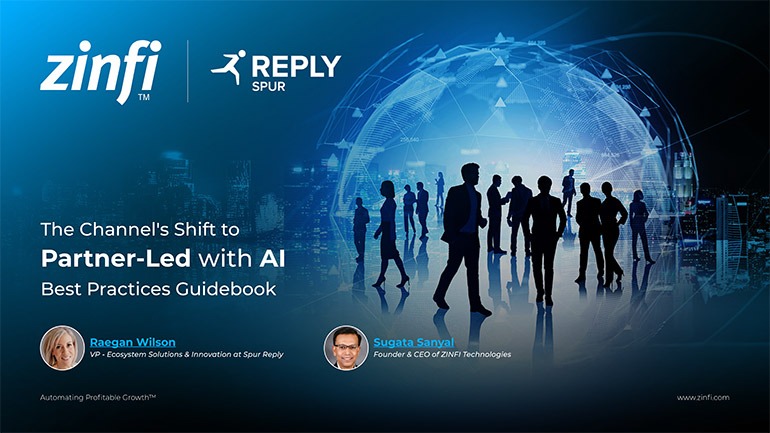Best Practices Articles

Why Partner Ecosystem Strategy Starts with Endpoint Protection
Endpoint security has become the frontline of cyber defense, as attacks now originate from user devices, not network perimeters. Traditional models relying on trust and detection lag behind modern threats. A zero-trust partner ecosystem—built around deny-by-default principles—ensures only approved processes run, stopping threats before execution. Tools like ThreatLocker enforce strict application control, ringfencing, and privilege limitations. With adaptive deployment, dynamic policies, and user education, this ecosystem integrates seamlessly with operations while preemptively neutralizing ransomware, phishing, and lateral attacks.
Key Takeaways:
- Deny-by-default prevents unknown software from executing.
- Zero trust + endpoint control = proactive defense.
- Partner ecosystem enhances resilience and visibility.
- Behavior-based controls block stealthy, signatureless attacks.
- Granular policy enforcement enables security without disrupting operations.
Security breaches no longer originate at the network perimeter. They begin at the endpoint—the devices employees use daily. While organizations often focus on network-level defenses, cyber attackers target endpoint vulnerabilities, exploit user behavior, and abuse mismanaged privileges. These tactics demand a complete rethinking of cybersecurity strategy. The modern landscape—filled with remote access, cloud applications, and distributed assets—requires an approach that does not trust by default. It demands a model grounded in continuous verification: a partner ecosystem-based security framework.
A strong partner ecosystem reframes traditional concepts of internal trust. It mandates validation for every device, user, and application seeking access to enterprise resources. This principle centers on the endpoint, now the primary target for ransomware, phishing, and lateral movement attacks. Integrating endpoint protection into a partner ecosystem ensures rigorous control of access and execution. It moves the endpoint from a peripheral concern to a central pillar of defense.
Legacy systems respond to threats after they occur. In contrast, a partner ecosystem built around zero trust blocks unauthorized behavior from the outset. Only known, approved processes receive execution privileges. This model shuts down malicious tools—even stealthy or new ones—before they run. Organizations close the gap between exposure and prevention by applying strict policies at the device level. This approach does more than reduce breaches; it transforms the entire security paradigm from reactive to proactive.
A flourishing partner ecosystem depends on a strong foundation at the endpoint. This means knowing which software to allow, what permissions it needs, and who requires access. Enforcing permissions and denying unapproved execution builds this foundation. This article explores how a comprehensive partner ecosystem strategy elevates endpoint protection and creates long-term resilience against evolving cyber threats.
1. Why Traditional Models Collapse at the Endpoint
Perimeter-based cybersecurity strategies dominated for years. Firewalls, VPNs, and intrusion prevention systems define a clear line between internal and external systems. This model presumed that anything inside the network could be trusted. That assumption no longer holds.
Remote work, mobile access, and cloud platforms have erased the boundary. Devices now operate outside the firewall. The endpoint becomes the network. This shift exposes traditional defenses, which fail to observe or block threats executing directly on the device. Attackers exploit this blind spot.
Antivirus and detection tools depend on identifying known threats. But today’s threat actors generate novel malware variants using AI and obfuscation. These tools evade detection even while mimicking older attacks. As a result, endpoints remain exposed.

Reactive detection also fails to stop breaches at inception. It sends alerts after a compromise occurs. The attacker gains complete freedom if the team overlooks an alert or cannot act quickly. This delay creates an unacceptable risk.
A partner ecosystem grounded in zero trust rejects these assumptions. It trusts no device or application by default. Every action requires validation. This method prevents threats from running rather than detecting them later.
By denying unknown applications, a zero-trust partner ecosystem dramatically reduces exposure. Endpoints no longer suffer attacks passively. They function as guarded assets. Moving from reactive detection to proactive denial marks the shift toward adequate endpoint security through a partner ecosystem.
2. Making Endpoint Protection Core to Your Partner Ecosystem
Zero trust operates on constant verification. This transforms endpoint protection into a critical control within the partner ecosystem. Unlike legacy antivirus, zero trust endpoint protection enforces a strict default-deny policy. It blocks any unauthorized script, process, or application from executing.
Execution policies start with understanding the organization’s software needs. Security teams inventory applications, reviewing names, publishers, file hashes, and digital signatures. They define what should run on each device and under what permissions. Execution only occurs when software meets all approved criteria.
This model blocks unknown programs instantly. If a user downloads a new tool or opens a file from a phishing email, endpoint protection stops it before execution. It doesn’t wait for classification. If unapproved, it gets denied.
Privilege control strengthens this layer. Even approved applications receive only the permissions they need. A word processor doesn’t access system tools or command-line functions. Restricting privilege minimizes the blast radius of any potential compromise.
ThreatLocker exemplifies this model. Its agents monitor execution, enforce policy-based controls, and apply allow listing without relying on malware signatures. This approach strengthens the partner ecosystem by ensuring the endpoint meets exact standards.
Zero trust endpoint protection monitors suspicious behavior like unauthorized IP scanning or data exfiltration. These events trigger alerts or automated responses. The system reacts even when threats bypass classification.
This integration elevates endpoint protection from a fundamental tool to a central feature of the partner ecosystem. Security teams shift from chasing threats to preventing them.
3. Deny-by-Default in a Partner Ecosystem Framework
Deny-by-default means blocking all activity unless explicitly approved. ThreatLocker embodies this idea, enforcing strict controls across endpoints. Instead of identifying harmful software, the system only allows verified processes.
Execution begins with a full audit. The system catalogs active software, analyzing its behavior and permissions. Based on this data, teams build allowlists that define what software can run.
ThreatLocker removes ambiguity. Even benign but unapproved tools remain blocked until administrators review them. A tool designed for IT use, if misused, becomes a threat. The platform prevents such misuse by applying execution policies.
Ringfencing adds further protection. Approved software cannot touch system-level files or interact with unrelated processes. For example, browsers stay isolated from administrative tools. Even off-network controls remain in place, strengthening the partner ecosystem’s consistency.
ThreatLocker also blocks ransomware, remote access malware, and fileless exploits. These often rely on built-in system tools. Under a deny-by-default policy, they do not launch without approval.
Administrators gain real-time visibility into blocked attempts. They detect misconfigurations or breach attempts early. Blocking first and reviewing later avoids granting accidental access.
This execution-first model aligns with the partner ecosystem. It replaces assumption with enforcement, reducing risk and increasing clarity. Each device behaves predictably under consistent controls.
4. Dark Web Threats Reinforce the Partner Ecosystem Need
Attackers continually evolve their methods, often facilitated by the dark web. Cybercrime marketplaces thrive by selling credentials, exploits, and malware kits. These transactions highlight the growing importance of endpoint protection within a partner ecosystem.
Attackers rarely act alone. Initial access brokers sell compromised endpoints while other actors deploy ransomware or exfiltrate data. This division of labor allows attackers to scale operations and evade detection.
These threats often begin with a single compromised endpoint. One weak link, like an unpatched app or reused credentials, can lead to broad infiltration. Once inside, attackers pivot and escalate.

A zero-trust partner ecosystem counters this by removing trust assumptions. Even with valid credentials, the policy prevents unauthorized tools from executing. ThreatLocker blocks unverified programs and lateral movement—even if they mimic legitimate activity.
Social engineering also plays a role. Users download fake updates, click phishing links, or enter credentials into lookalike sites. A strong partner ecosystem reduces this risk by removing the ability to run payloads in the first place.
Attackers test their malware to evade detection. They bypass antivirus engines by fine-tuning payloads. These evasion strategies matter less in a deny-by-default framework. Unknown software simply doesn’t run.
Organizations must replace static defenses with proactive controls. A partner ecosystem delivers this by aligning execution policies with endpoint protection. It ensures security keeps pace with the threat landscape.
5. Partner Ecosystem Design Without Hindering Operations
Security must work alongside productivity. Many IT teams worry that zero trust enforcement will block necessary tools or break workflows. ThreatLocker addresses this through adaptive endpoint protection that respects operational needs.
Deployment starts in learning mode. During this phase, the system records normal software behavior and builds baselines. Administrators then refine policies based on real activity. This ensures that business-critical tools remain functional.
Policy creation becomes granular. Teams define rules based on device, department, time, IP address, or user role. A finance tool works on finance machines, not elsewhere. This precision reduces exposure without disrupting operations.
The platform also adjusts dynamically. If a user accesses resources from an unusual location or attempts privilege escalation, the system blocks the action or requests further verification. This flexibility supports both security and workflow continuity.
Integration with SIEM platforms and other security tools improves visibility. Endpoint data funnels into broader monitoring systems, aiding compliance and response. The partner ecosystem grows stronger through these connections.
Education ensures success. Users who understand the reasons behind new restrictions accept them more readily. Clear communication helps align culture with security goals.
Endpoint-focused partner ecosystems empower security without harming productivity. They reduce downtime caused by ransomware and other threats while allowing legitimate work to proceed.
Conclusion
The partner ecosystem strategy reflects a fundamental shift in securing digital operations. As organizations decentralize, the endpoint becomes the point of vulnerability and control. A deny-by-default policy forms the backbone of adequate protection. It limits execution, access, and application behavior to only approved.
This model changes security from reactive to proactive. Instead of pursuing threats, the organization defines allowed behavior and blocks all else. The result is a simpler defense and a smaller attack surface. ThreatLocker demonstrates how consistent policy enforcement builds this model.
Modern threats scale through automation, dark web support, and credential misuse. They exploit weak privileges and misconfigured devices. In this environment, assuming trust becomes a liability. A zero-trust partner ecosystem, anchored in endpoint protection, provides the necessary countermeasure.
The strategy identifies needed software, access rights, and usage boundaries. Then, it locks these rules into place. This method creates agility and security without compromise.
Organizations gain visibility, control, and resilience by embedding strong endpoint protection into a broader partner ecosystem. They act before the breach occurs. They deny threats before damage begins.
Best Practices Guidebook
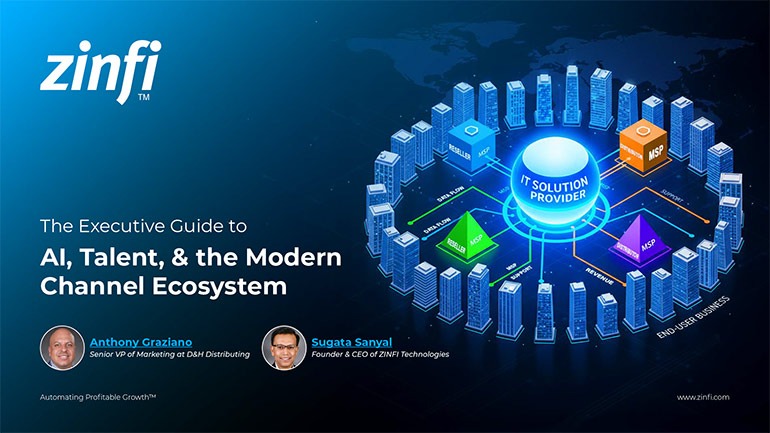 Modernizing Channel Marketing: AI and Ecosystem Enablement Best Practices
Modernizing Channel Marketing: AI and Ecosystem Enablement Best PracticesDownload for FREE
 The Channel’s Shift to Partner-Led With AI Best Practices
The Channel’s Shift to Partner-Led With AI Best PracticesDownload for FREE
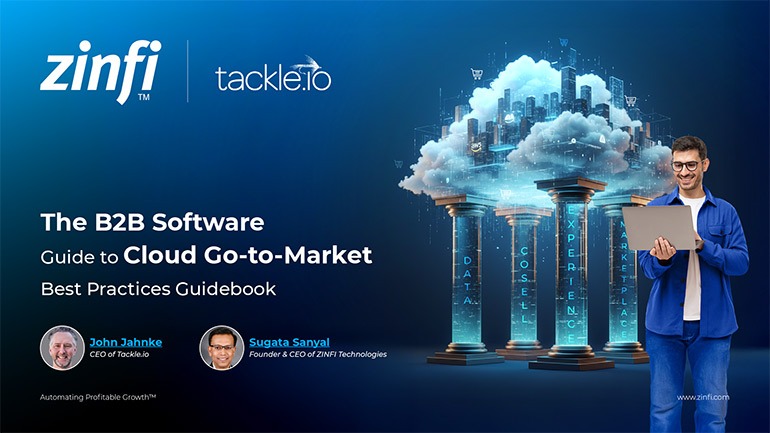 Hyperscalers, ISVs, and AI: Shaping the Future of B2B Software Distribution
Hyperscalers, ISVs, and AI: Shaping the Future of B2B Software DistributionDownload for FREE
 Definitive Guide to a Partner Ecosystem-First Sales Strategy
Definitive Guide to a Partner Ecosystem-First Sales StrategyDownload for FREE
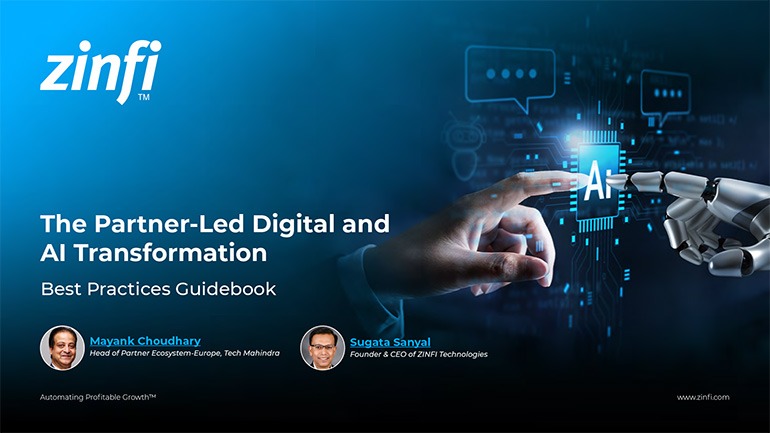 The Partner-Led Digital and AI Transformation Best Practices
The Partner-Led Digital and AI Transformation Best PracticesDownload for FREE
 Startup Talent Recruitment: Hiring Missionaries, Not Mercenaries
Startup Talent Recruitment: Hiring Missionaries, Not MercenariesDownload for FREE
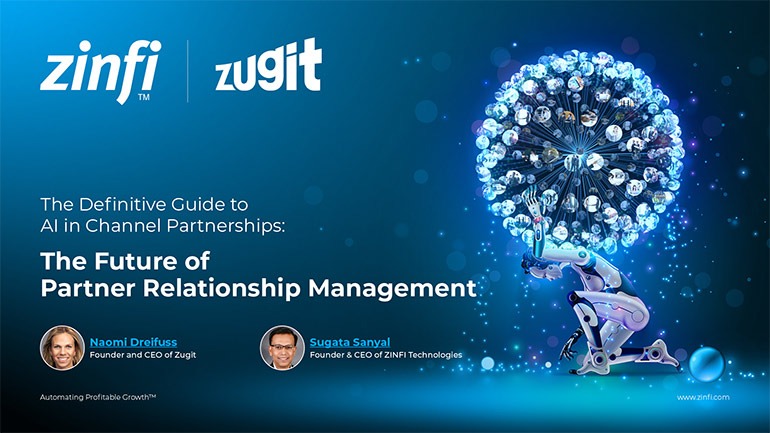 The Future of Partner Relationship Management with AI in Partnerships
The Future of Partner Relationship Management with AI in PartnershipsDownload for FREE
 Cybersecurity for the 99%: Strategies from the Frontline
Cybersecurity for the 99%: Strategies from the FrontlineDownload for FREE
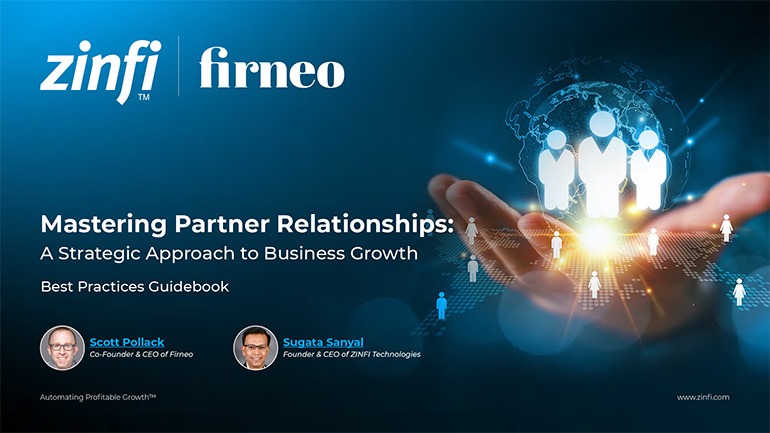 Mastering Partner Relationships: A Strategic Approach to Business Growth
Mastering Partner Relationships: A Strategic Approach to Business GrowthDownload for FREE
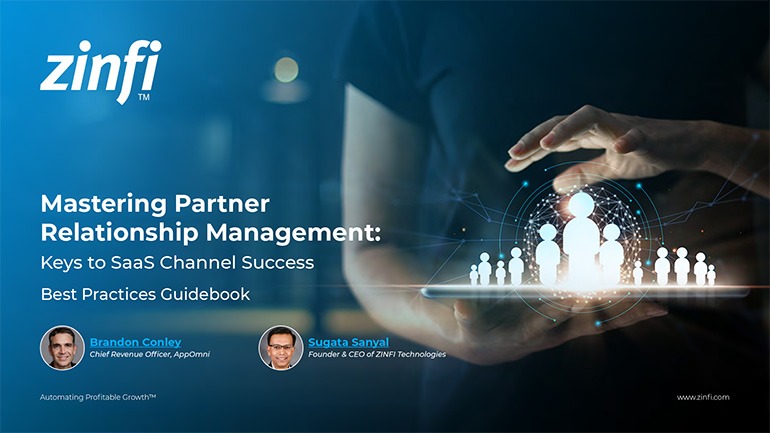 Mastering Partner Relationship Management: Keys to SaaS Channel Success
Mastering Partner Relationship Management: Keys to SaaS Channel SuccessDownload for FREE
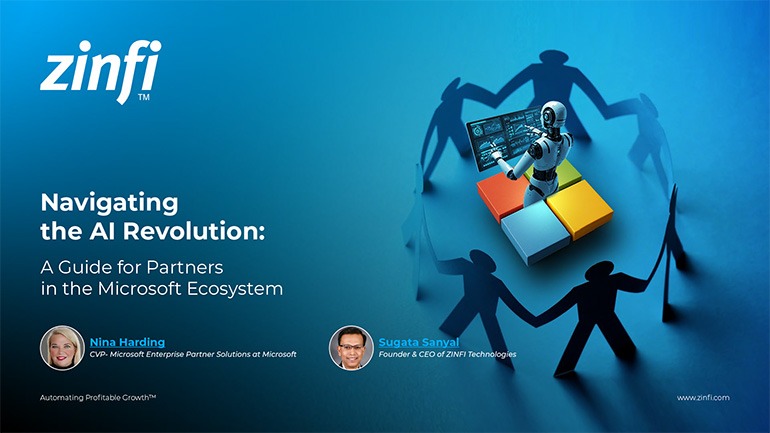 Navigating the AI Revolution: Guide for Partners in the Microsoft Ecosystem
Navigating the AI Revolution: Guide for Partners in the Microsoft EcosystemDownload for FREE
 Mastering the Modern Buyers Journey: Sales Leader’s Guide to AI & Engagement
Mastering the Modern Buyers Journey: Sales Leader’s Guide to AI & EngagementDownload for FREE

